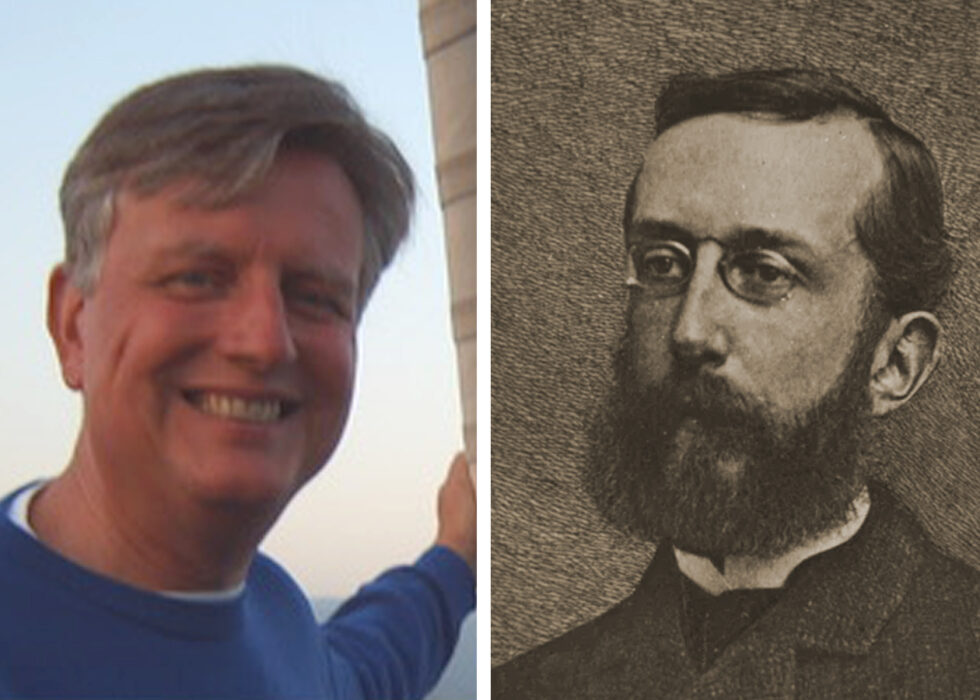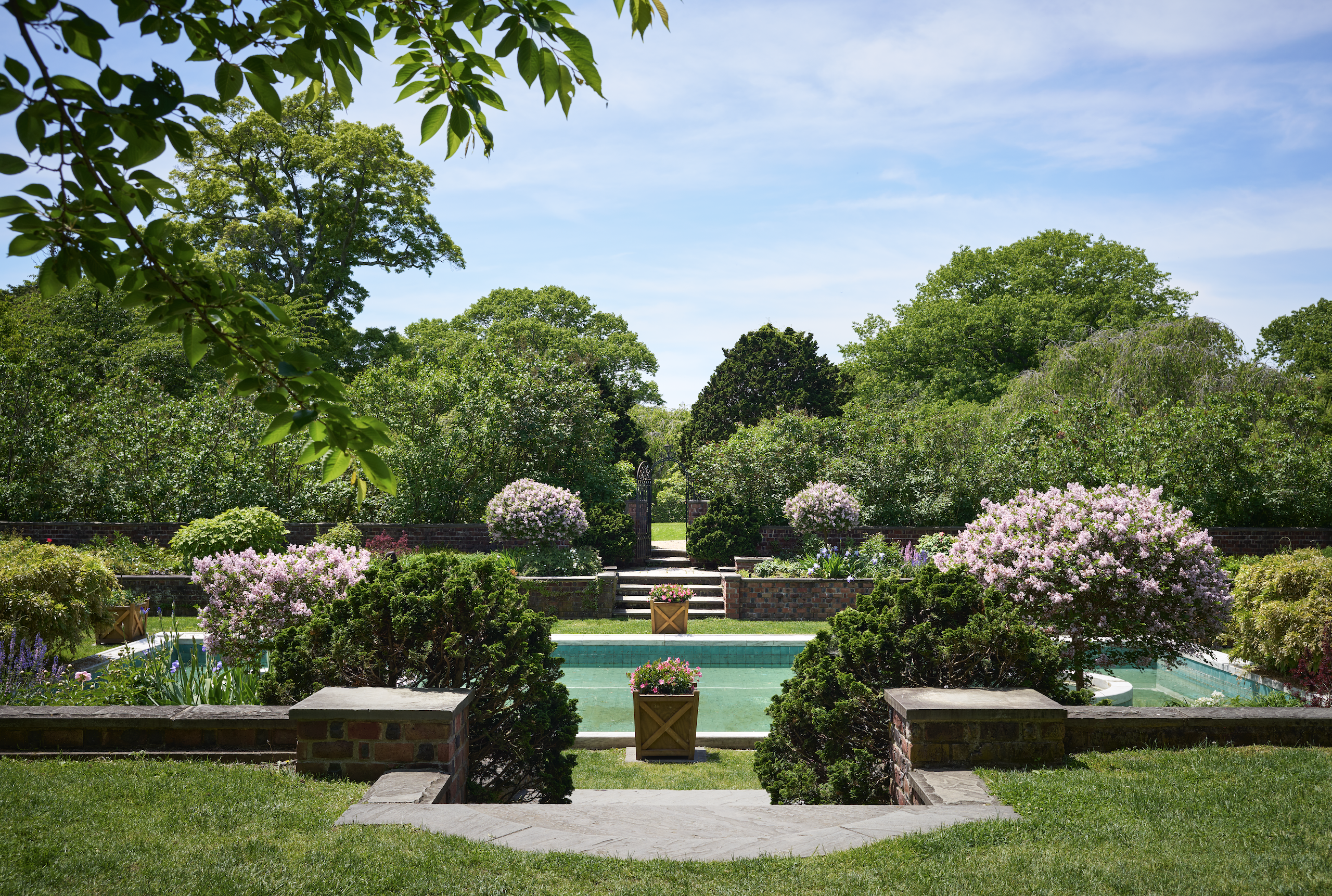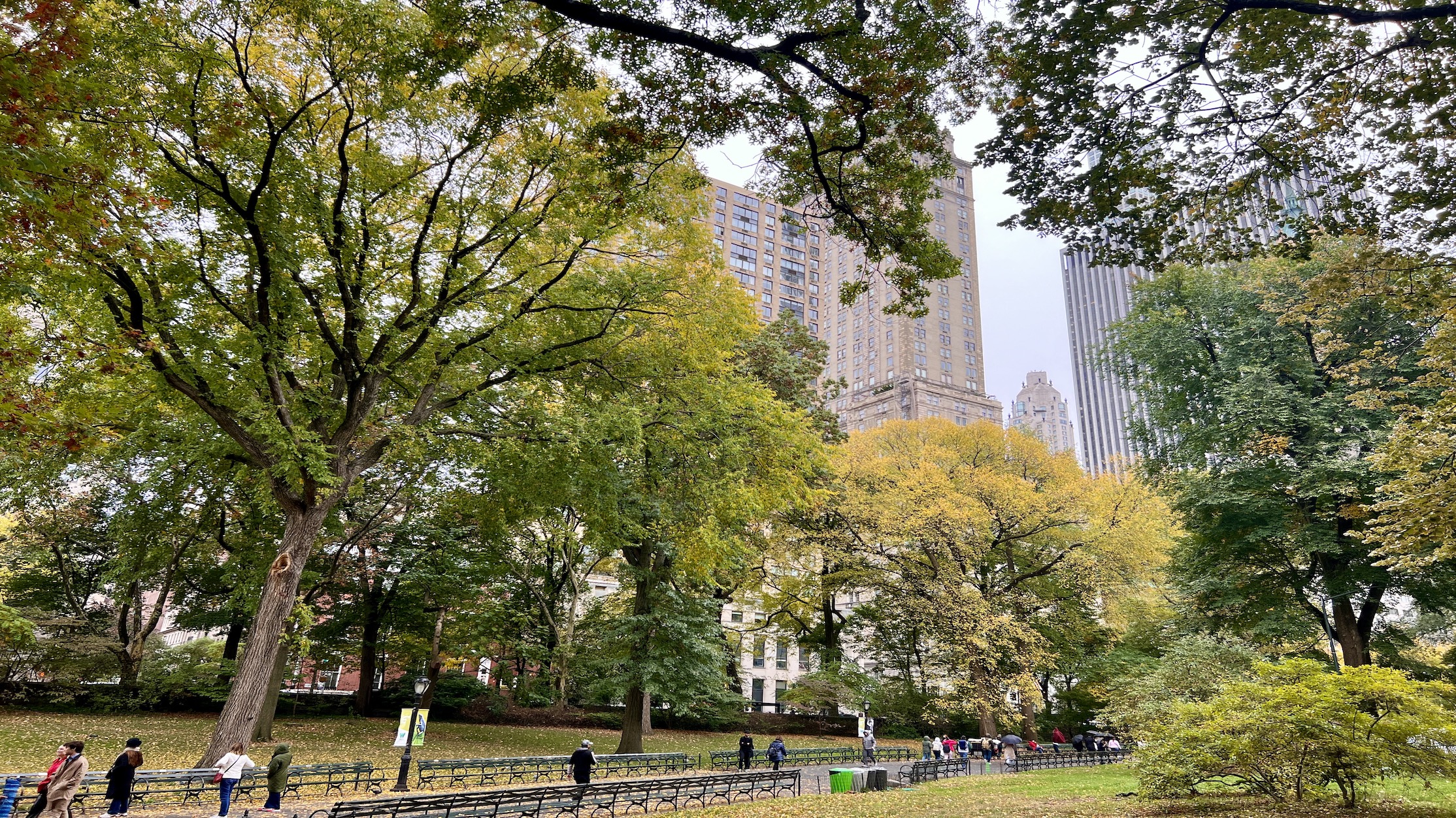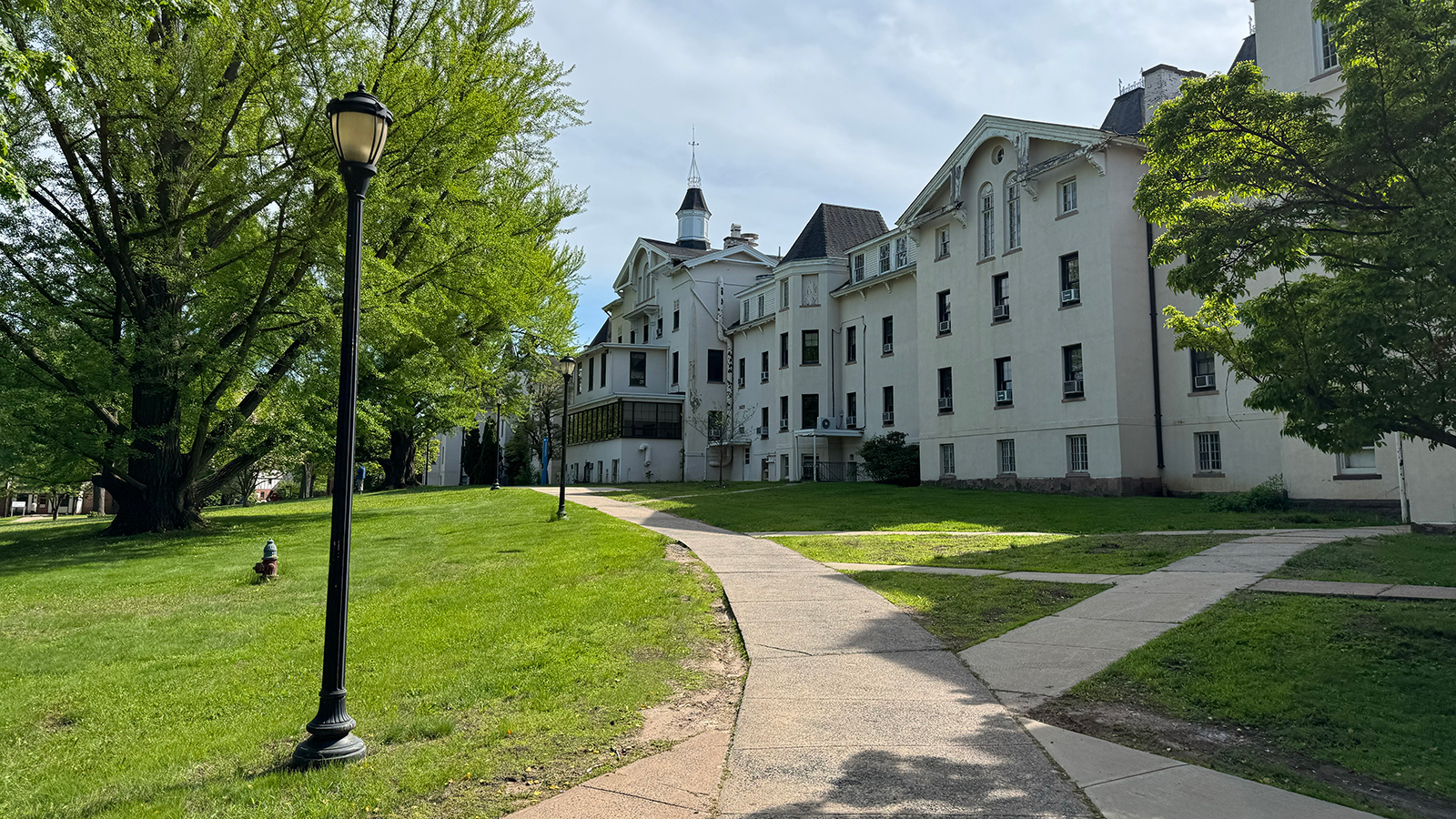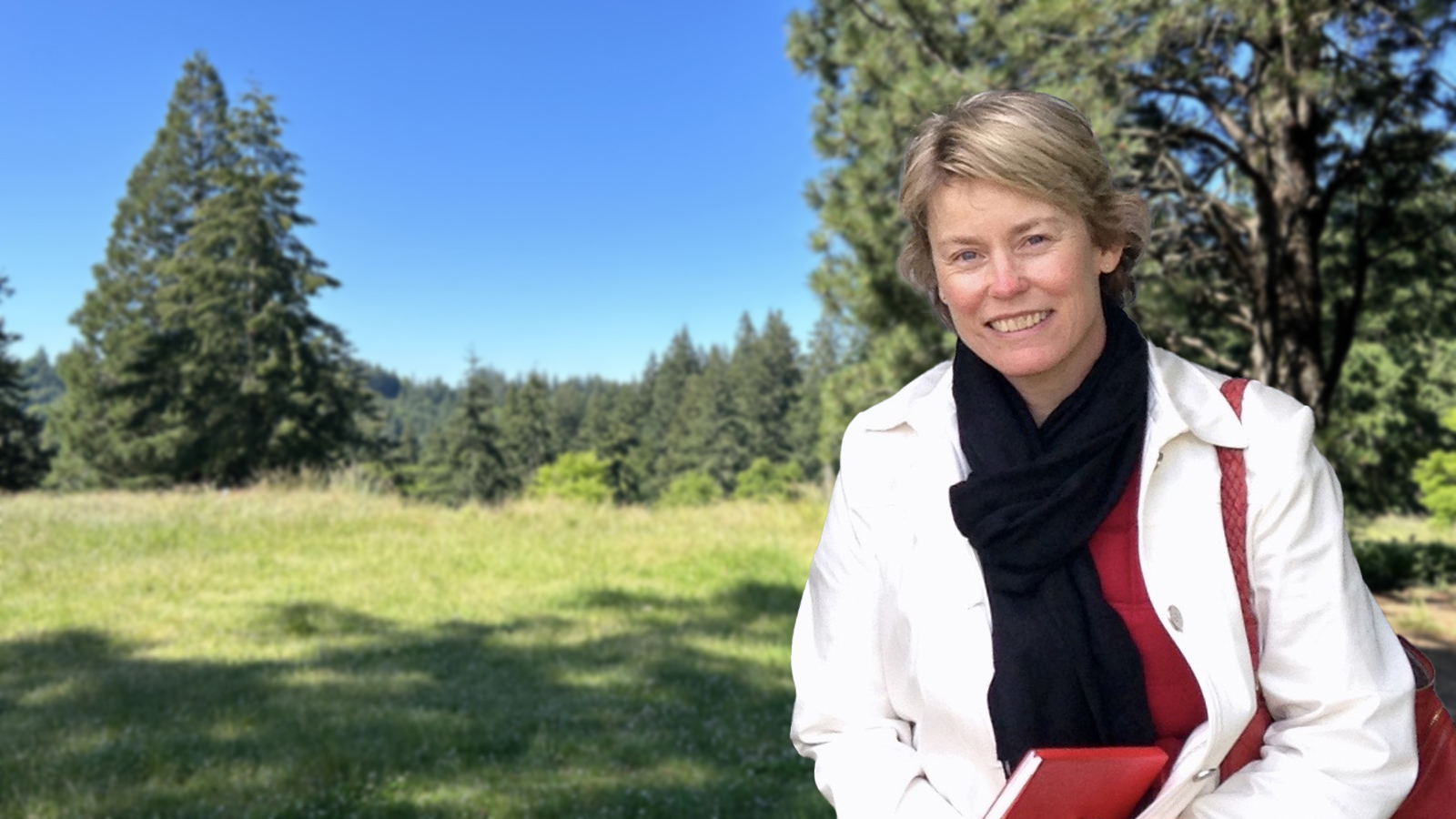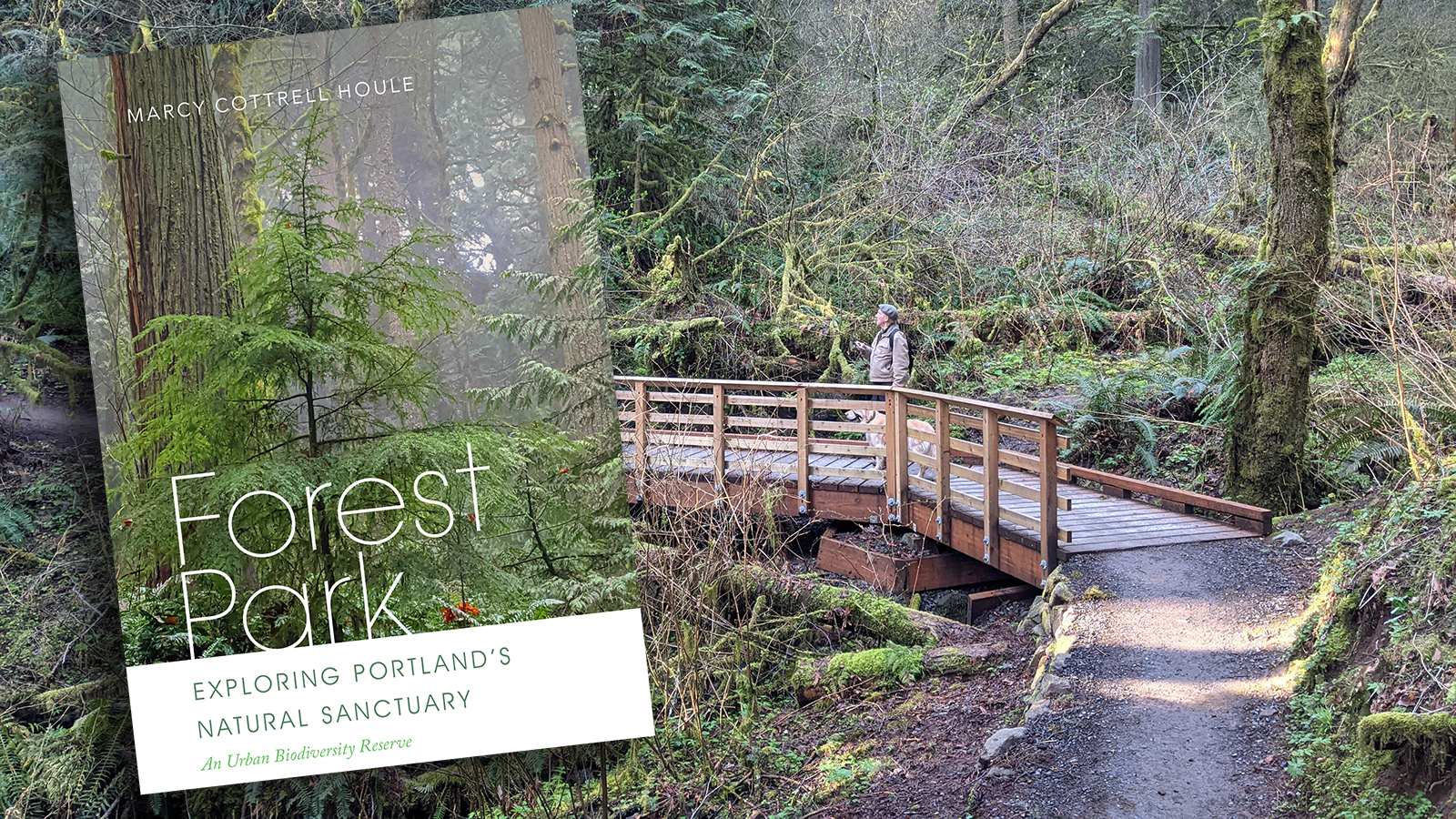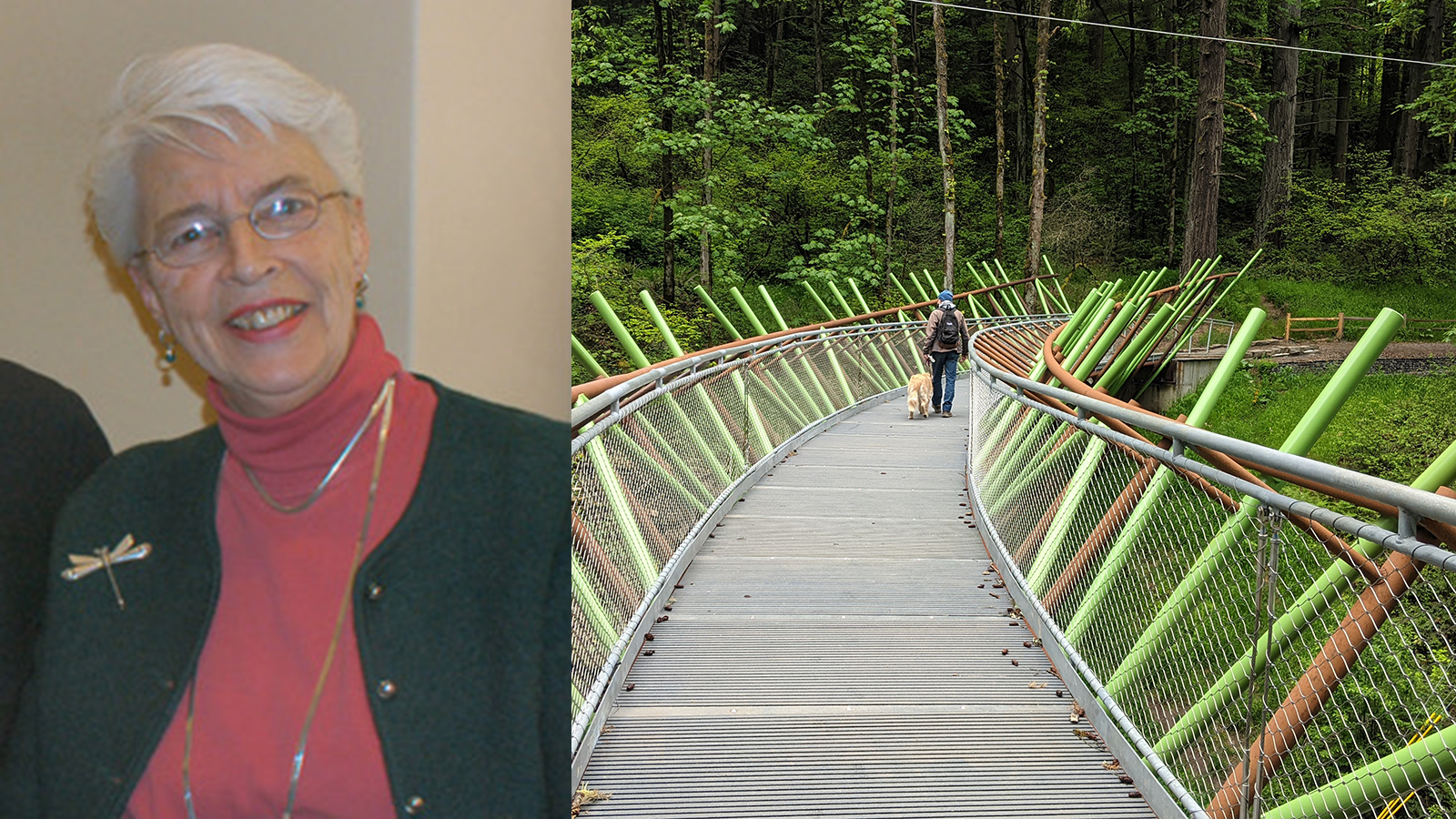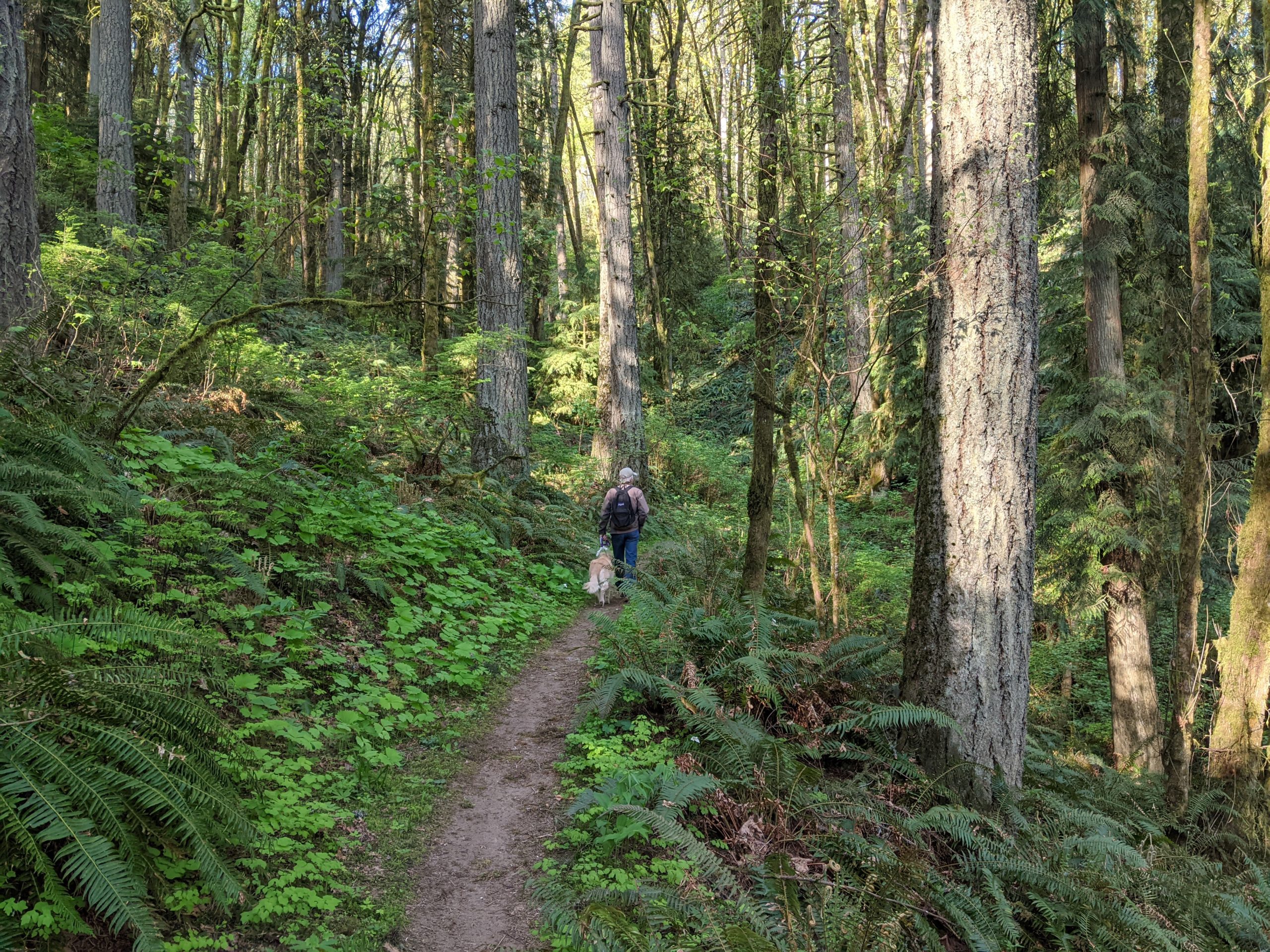
In 1903, John Charles Olmsted visited Portland. He produced an exceptional document for the city outlining numerous ideas for parks. Perhaps the most extraordinary feature in his 1903 Report to the Park Board of Portland, Oregon, however,was the recommendation that the city create a one-of-a-kind, wildland park.
Olmsted’s vision for a “forest park” was like something never before proposed: a wilderness park, close to the heart of a city, that could draw visitors in a continuous progression into unspoiled natural forest. The idea of such a linkage was both compelling and unique, and the entire vision amazingly far-sighted:
“…future generations will ,,, bless the men who were wise enough to get such woods preserved. Future generations, however, will be likely to appreciate the wild beauty and the grandeur of the tall fir trees in this forest park, or reservation,…its deep shady ravines and bold view-commanding spurs, far more than do the majority of the citizens of today, many of whom are familiar with similar original woods….If these woods are preserved, they will surely come to be regarded as marvelously beautiful…No use to which this tract of land could be put would begin to be as sensible or as profitable to the city as that of making it a public park or reservation.”
While it took 44 years before the Olmsted vision was finally realized, Forest Park was at last preserved in 1948 and has become the nation’s only designated urban wilderness. The park spans seven miles across the Tualatin Mountain Range and follows the winding course of the Willamette River. Managed by Portland Parks and Recreation with the help of the Forest Park Conservancy, Forest Park is a natural sanctuary for people and for wildlife. It has been recognized by scientists, both regionally and nationally, as the most significant urban park in the United States for its diversity of wildlife and prime interior forest habitat. Further, it is the only city park in the nation that is protected by land use law and a city ordinance to protect these qualities:
“The primary goal for Forest Park is the health and preservation of its natural resources. Forest Park is one-of-a-kind.” (Ordinance 168509)
Natural areas were intentionally incorporated in Olmsted park systems. They captured the geographic “Genius of Place”—forest, water courses, topography, vistas, or in the case of Portland, all of the above. Frederick Law Olmsted, in 1870, expressed an unshakable conviction:
“City dwellers need contact with the natural world in order to preserve not only their physical health but also their mental tranquility … We want a ground to which people may easily go when the day’s work is done, and where they may stroll for an hour, seeing, hearing, and feeling nothing of the bustle and jar of the streets, where they shall in effect, find the city put far away from them.”
This philosophy and its tangible expression remain manifest in the Olmsted firm’s urban parks, and in recent generations have inspired scores more.
John Charles Olmsted bridged centuries from the vanishing frontier to the rapidly urbanizing twentieth-century over the course of his remarkable career. The Olmsted landscape architectural practice spanned from before the Civil War to the mid-20th Century. Nowhere was this better exemplified than in the emerging cities of the Pacific Northwest. Olmsted left a prolific legacy of public and private designs in both this region and across the United States and Canada. He served as the pivotal link between Frederick Law Olmsted and his much younger half-brother Frederick Law Olmsted, Jr. The continuing importance John Charles Olmsted brought to the quality of life for millions of Americans cannot be overstated.
Working with his father Frederick Law Olmsted for twenty years, John Charles Olmsted helped generate some of the firm’s best-known park systems, among them Louisville, Kentucky and the famous “Emerald Necklace” in Boston. He planned park systems all across the county, from Portland, Maine to Dayton, Ohio, Charleston, South Carolina, Essex County, New Jersey, Seattle, Spokane and Portland, Oregon.
Through all of these Olmsted-inspired parks ran a common thread of design approach: practical intent, and an overarching philosophy. His 1903 Portland parks report embodies key Olmstedian design principles first set out by Frederick Law Olmsted and described by eminent Olmsted scholar Charles Beveridge as:
- Genius of Place
- Unified Composition
- Orchestration of Movement
- Orchestration of Use
- Sustainable Design and Environmental Conservation, and
- A Comprehensive Approach
In Portland’s park system the younger Olmsted took pains to:
- Highlight Portland’s unique landscape character
- Create diverse, interconnected green spaces accessible to all
- Provide for both active recreation and passive immersion in nature
- Accommodate but segregate incompatible uses, and above all
- Secure high quality public green space for future generations
Key portions of John Charles Olmsted’s recommendations have been implemented and contribute greatly to Portland’s storied quality of life. His visionary ideas, written 118 years ago, only continue to grow in importance. Seeing what others could not, his writings were prescient:
“The ‘Forest Park’ is intended to afford to visitors that sort of mental refreshment and enjoyment which can only be derived from the quiet contemplation of natural scenery….The fundamental purpose…requires the shutting off from the interior as completely as possible, all city sights and sounds, and the resolute exclusion of many exceedingly popular means of amusement…even at serious sacrifice of opportunities for those using them to enjoy some sort of scenery.”
Today, Forest Park is nationally recognized and valued. At 5,200 acres, it is one of the largest forested city parks in America and located in the heart of the city of Portland, only 10 minutes from the urban core. The goals proposed by John Charles Olmsted remain unchanged, and, even more, have become a management law for the park: it is to remain a natural sanctuary for the citizens of Portland, and a native place offering both mental and spiritual renewal and refreshment. An unsurpassed embodiment of the visionary Olmsted philosophy, Forest Park is a place where their incomparable ideals of a natural Park/Reservation have been realized. In an increasingly fast-paced world, it will become all the more prized by generations to come.





